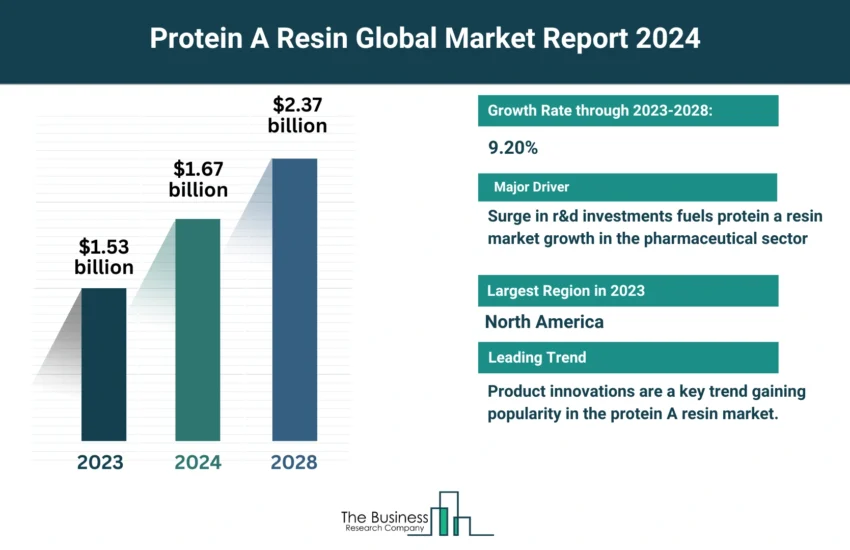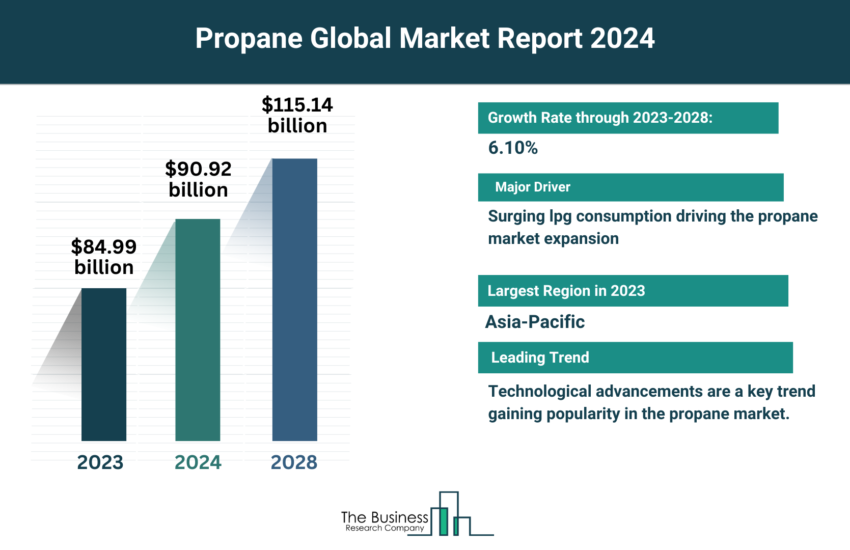Nitrogen’s Many Uses In Established Industries Helps It Lead The Global Industrial Gas Market
An industrial gas can be organic or inorganic, and is manufactured in compressed, liquid, and solid forms. Industrial gases are also referred to as bulk gases or commodity gases. Industrial organic gases include acetylene, chlorofluorocarbons and chlorodifluoromethane. Industrial inorganic gases include hydrogen, carbon dioxide, nitrogen, oxygen and helium. Segmented by type of gas, the global industrial gas market is split into hydrogen, oxygen, carbon dioxide, nitrogen and others (acetylene, helium, argon and other rare gases).

The global nitrogen market was the largest segment of the industrial gas market in 2018, accounting for 27.9% of the total share. Nitrogen is mainly used for cooling and as an inert atmosphere. Liquid nitrogen is used for cooling in many industrial processes and in the food industry. Gaseous nitrogen is used to form an inert blanket over substances that would otherwise be oxidized by air. Nitrogen was the largest segment due to the presence of established pharmaceuticals, food processing and general manufacturing industries that use nitrogen. Nitrogen NF is used as a cryogen to freeze and preserve blood, tissue, and other biological specimens. It is also used to power medical devices. Nitrogen in combination with other welding gases is used to weld auto parts, frames, mufflers, and other components. The nitrogen market will grow to $35.0 billion in 2022 at an annual growth rate of 6.5%, and will continue to lead the industrial gas market segmented by type of gas.
The fastest growing segment of the industrial gas market to 2022 will be the oxygen market, at an annual growth rate of 6.6%.
Industrial gases companies are increasingly using pressure swing adsorption (PSA) technology as a cost-effective and highly efficient method to produce nitrogen. PSA systems operate on the principle of adsorption. They consist of adsorption vessels packed with carbon molecular sieves (CMS), which are capable of adsorbing carbon dioxide and residual moisture. At high pressures, CMS selectively adsorbs oxygen, allowing nitrogen to pass through at the desired purity level. On-site generation of nitrogen using PSA systems is more cost-effective than traditional cryogenic distillation or stored liquid nitrogen. PSA systems can economically produce nitrogen at flow rates from less than 5,000 scfh (standard cubic feet per hour) to greater than 60,000 scfh, and at purities from 95% to 99.9995%. Mahler AGS, a German manufacturer of on-site gas generation plants, is using PSA systems for low-cost production of nitrogen. Major industrial gas companies such as Linde, Air Products, Air Liquide, and Praxair are using PSA systems to enhance nitrogen production.



